I get to see landscapes that I could not imagine until recently. Taiga and Tunturis as far as the eye can see. A sleeping landscape at the first sight... but in reality full of surprises...
Can you imagine a more cozy place to sleep?
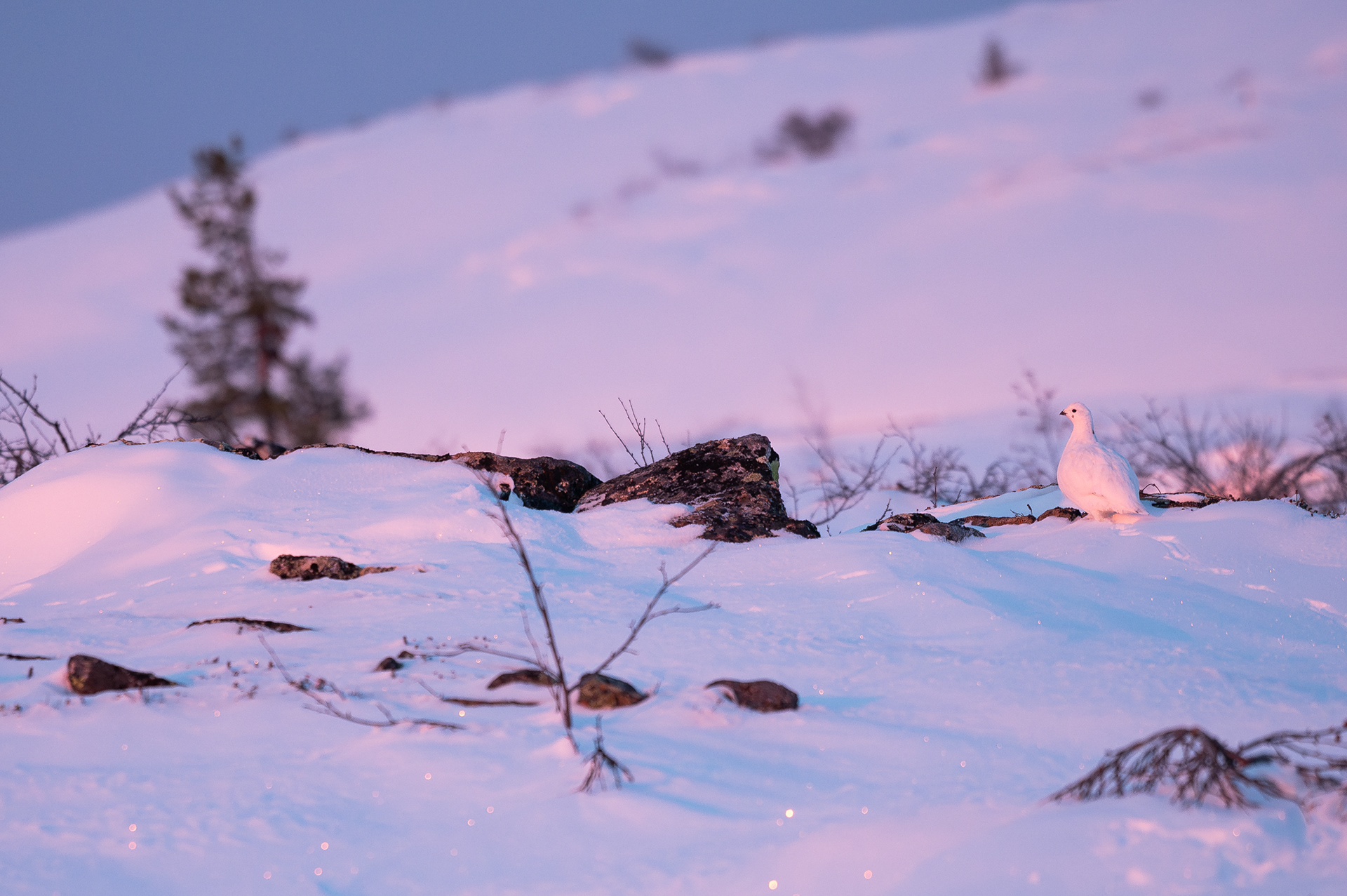
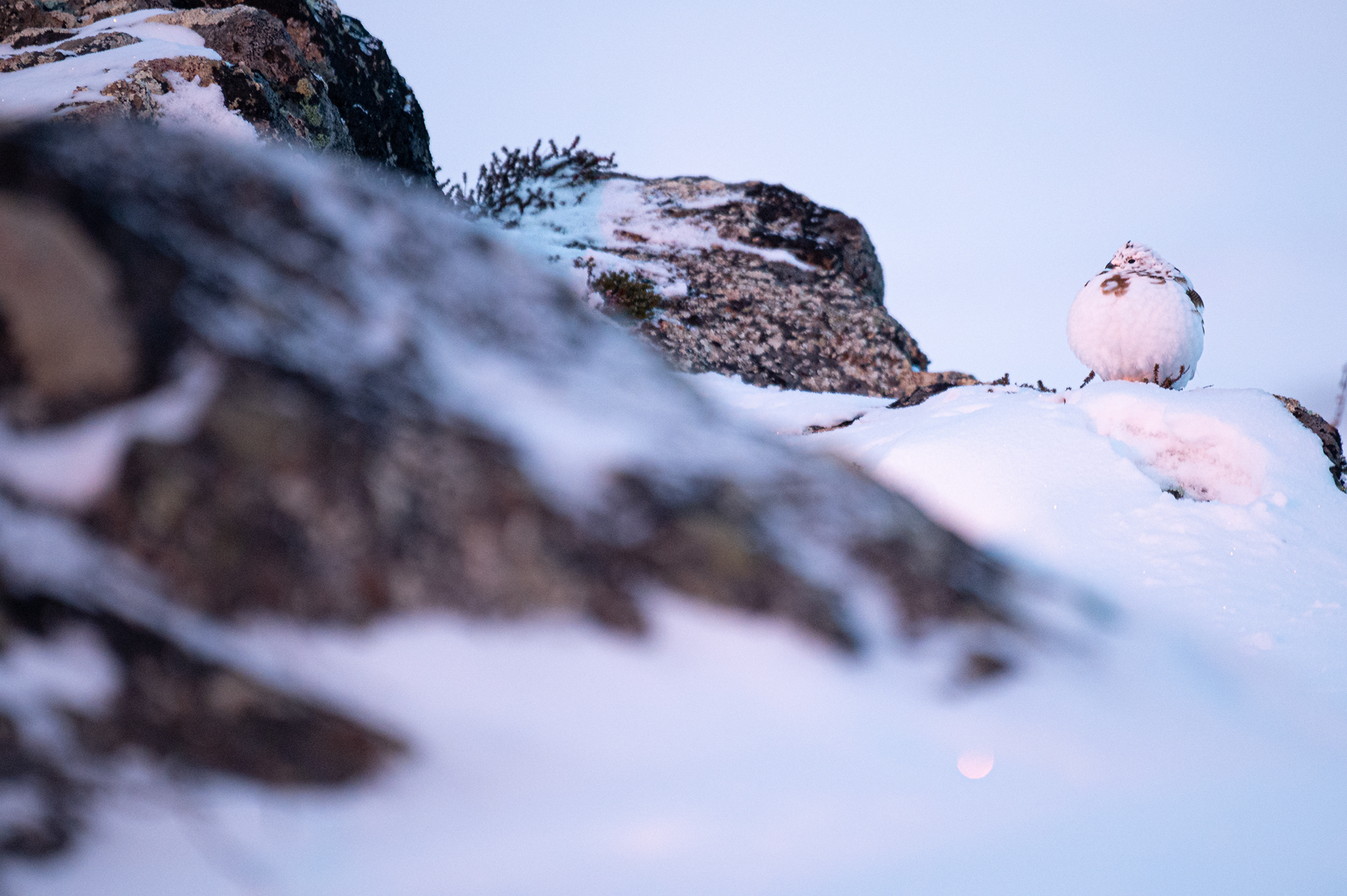
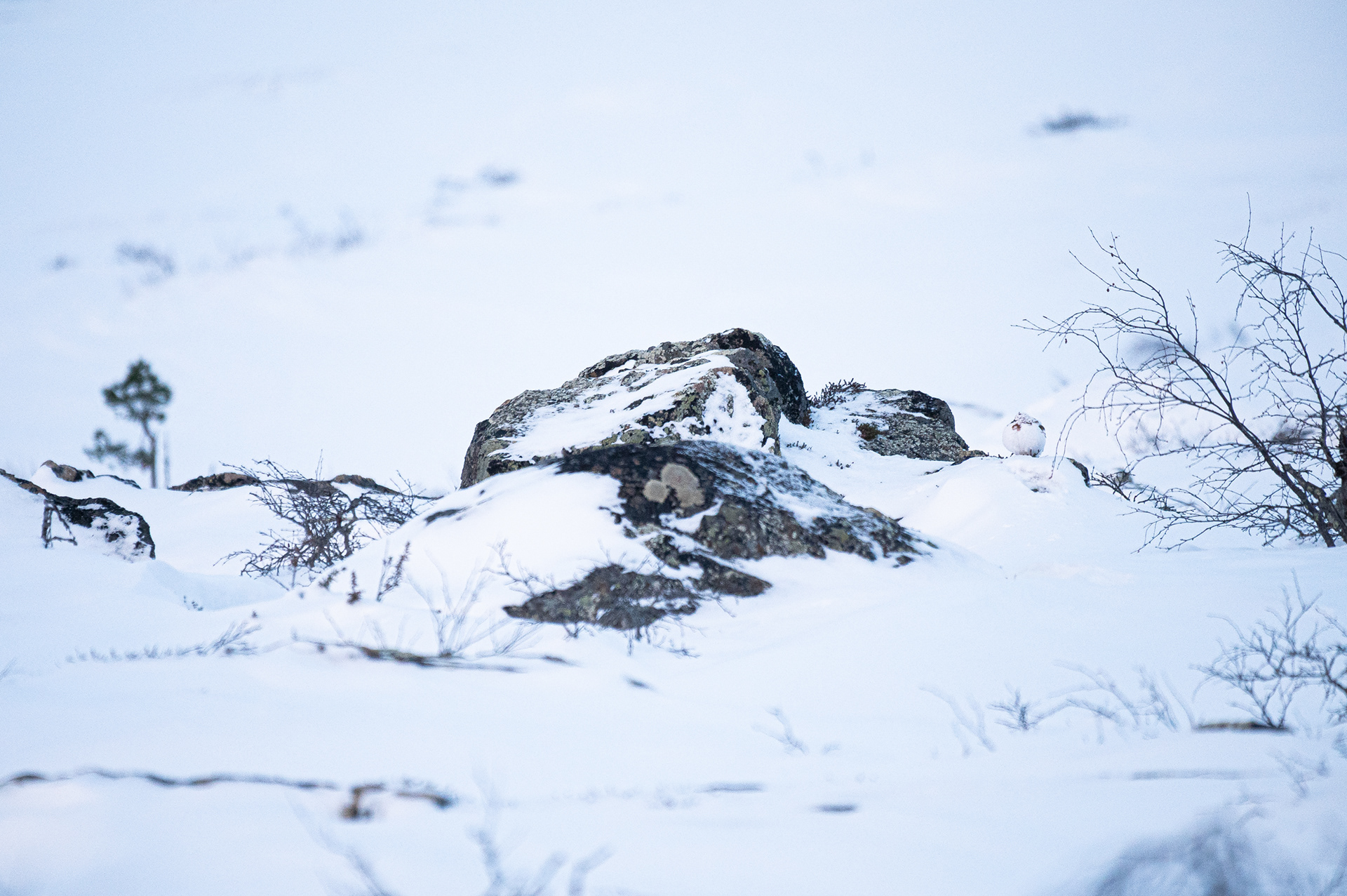
I felt so privileged to be standing in a landscape like this, I was full of energy, ready to go out for an adventure.
- Light the stove
- Get water from the river/melt snow
- Hang my jackets and sweaters to dry
- install my sleeping pad and sleeping bag
- Prepare food
- Keeping my diary (write down the route and keep track of observations)
- clean the hut when I leave
- put on all my layers
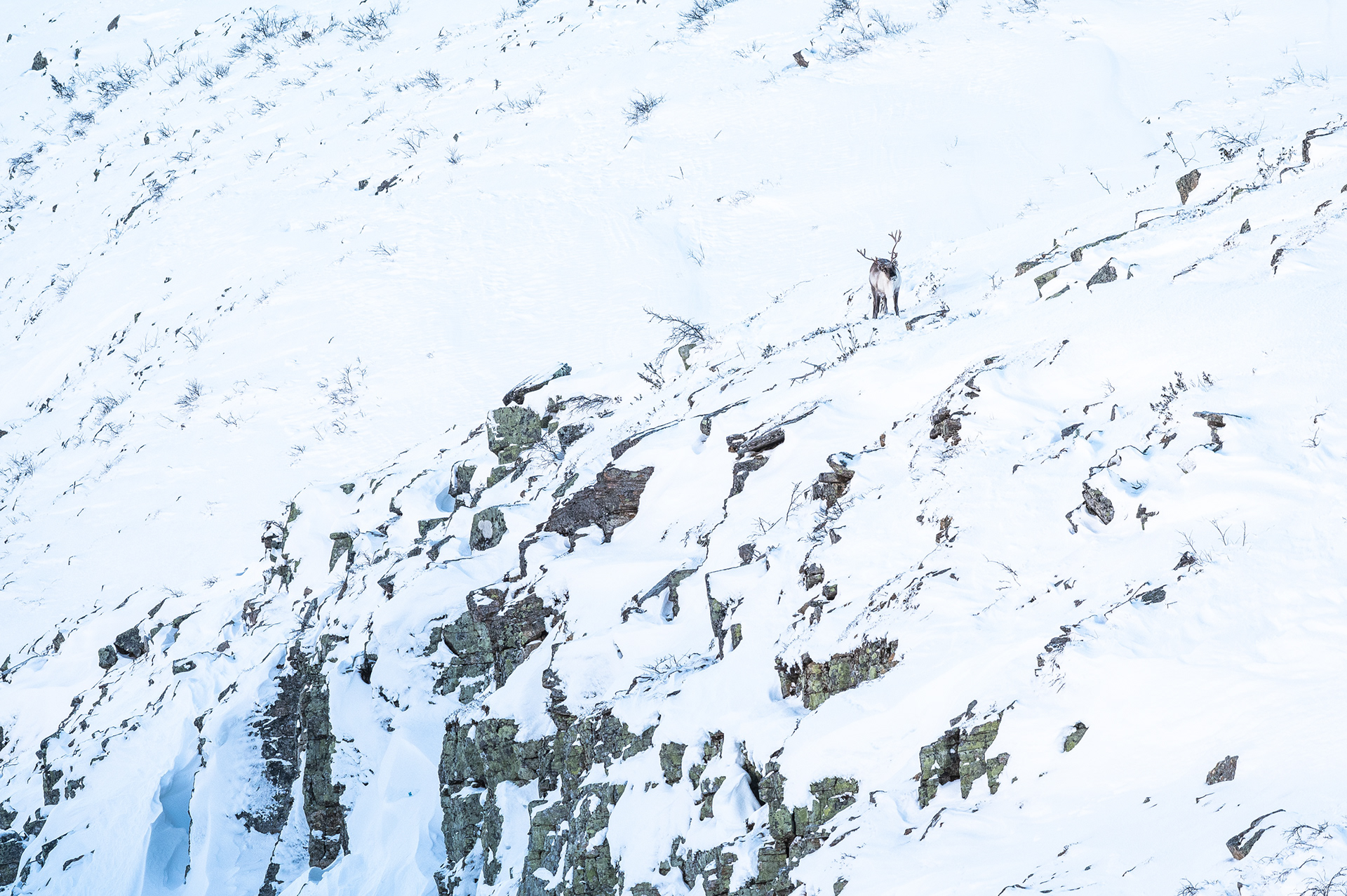
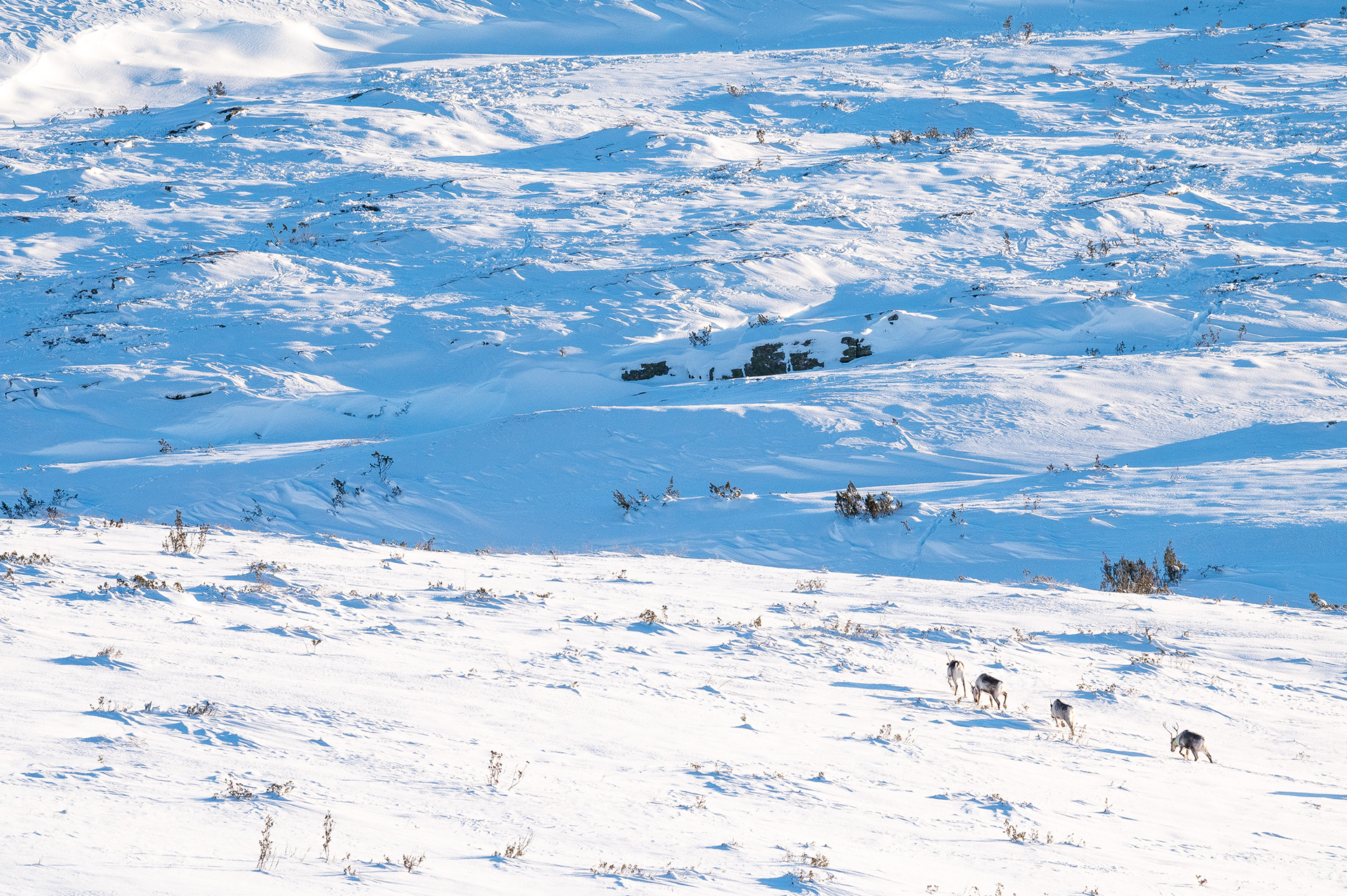
As large-scale farming in Central Europe, large reindeer herds pose risks to the landscape and local ecosystems. The most pronounced problem is the overgrazing of lichens. In addition, large carnivores are also not tolerated in the reindeer herding area. Because of this, the so-called wilderness in northern Finland could be considered a degraded ecosystem.
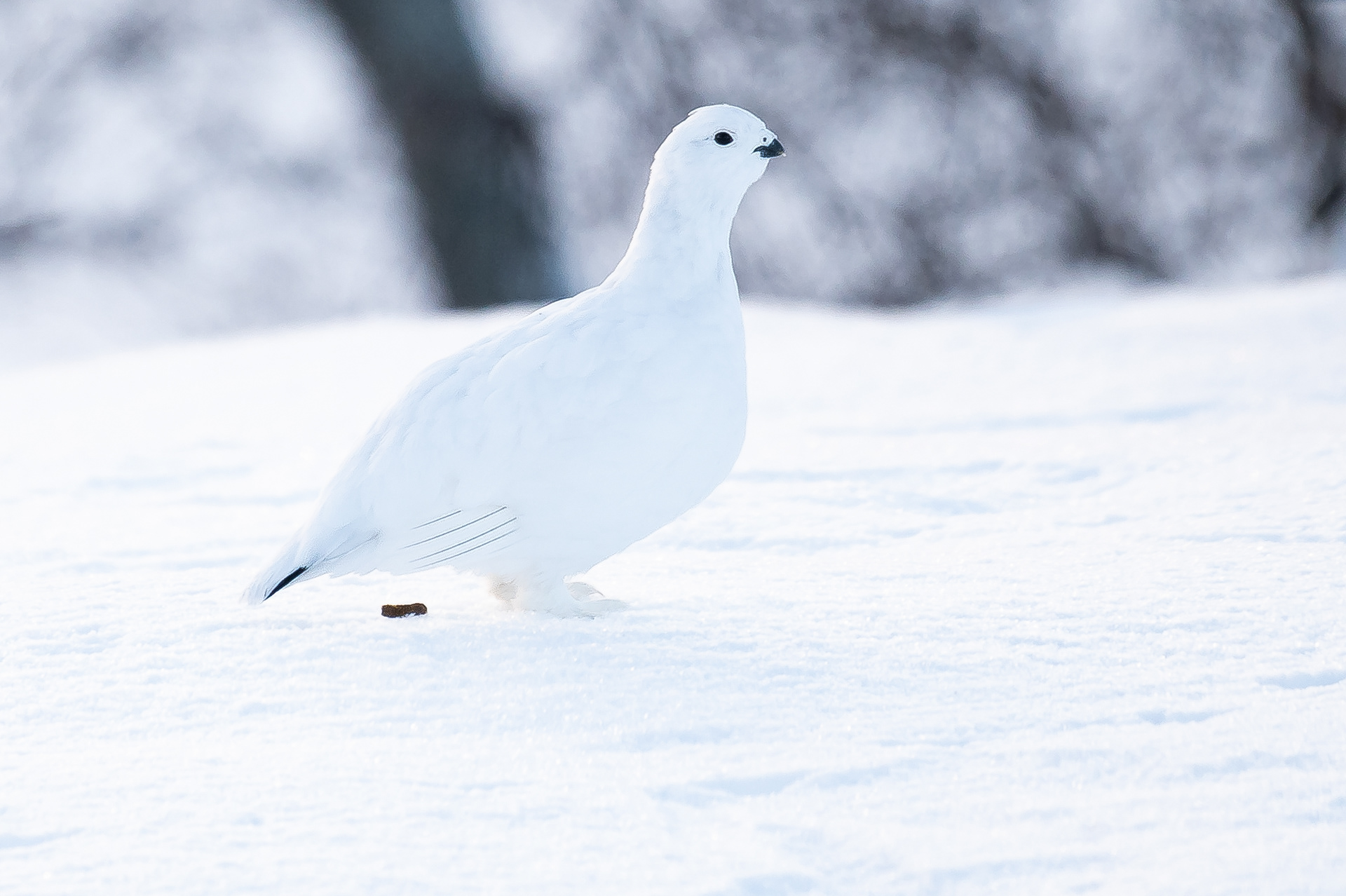
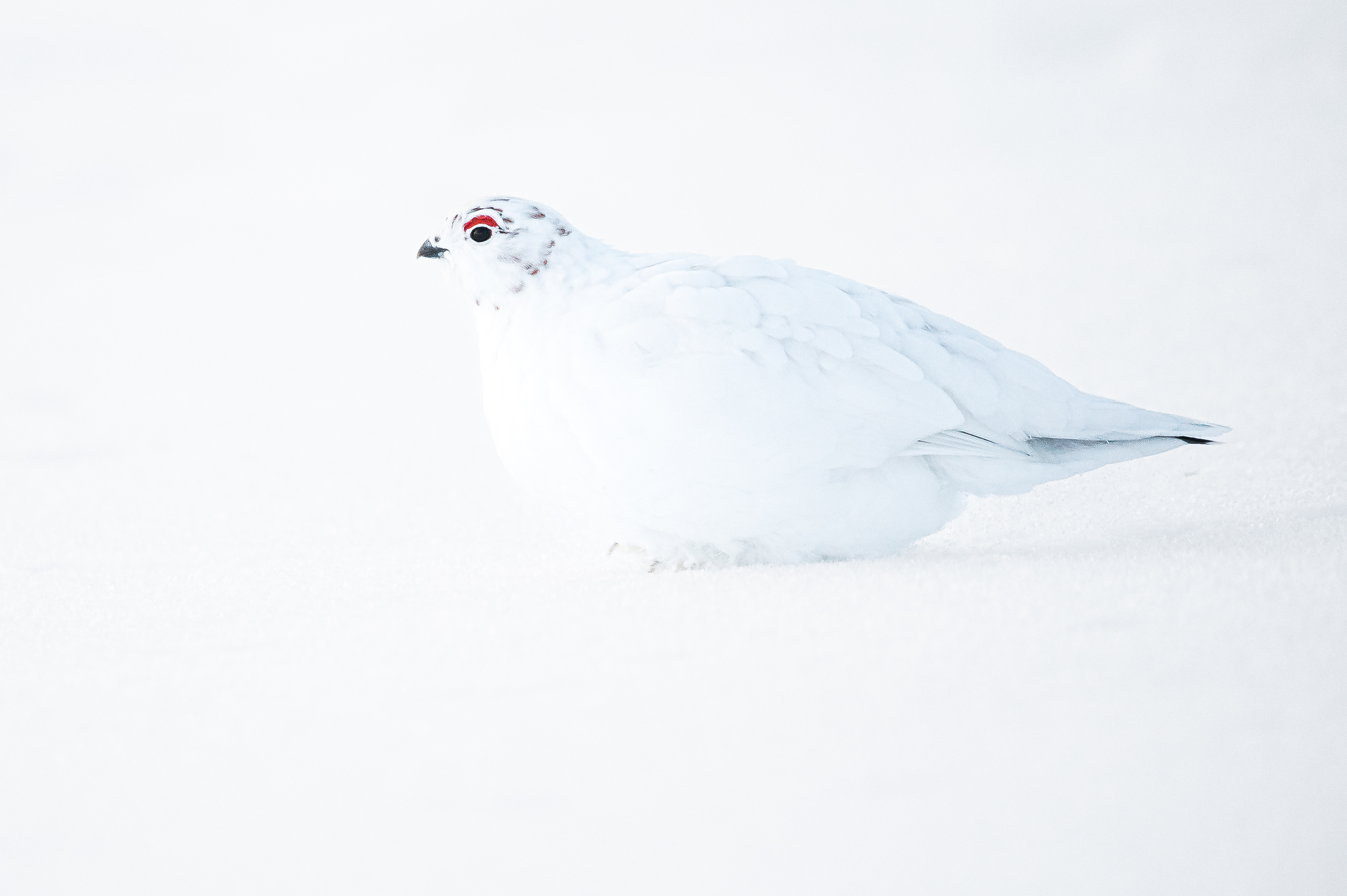
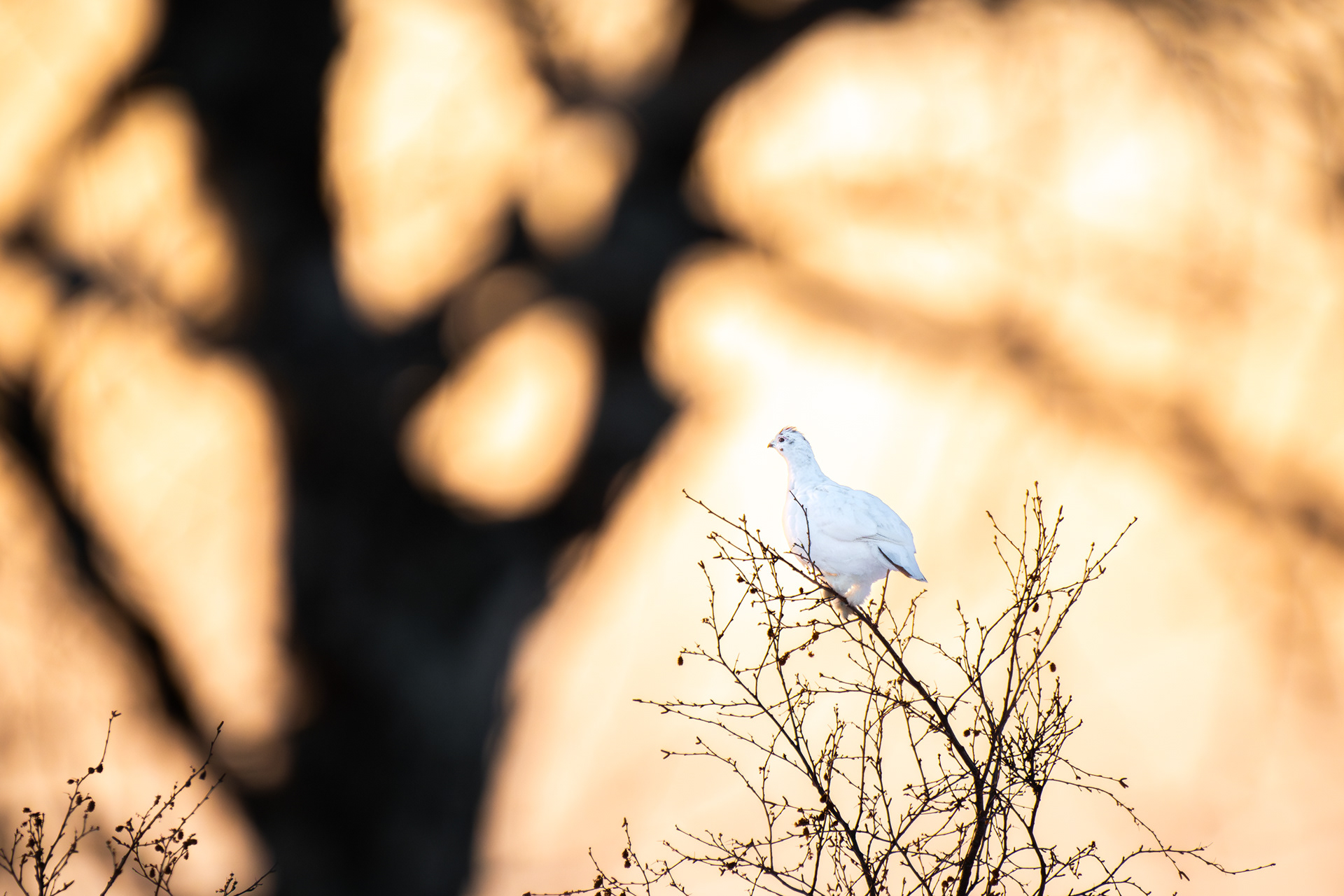
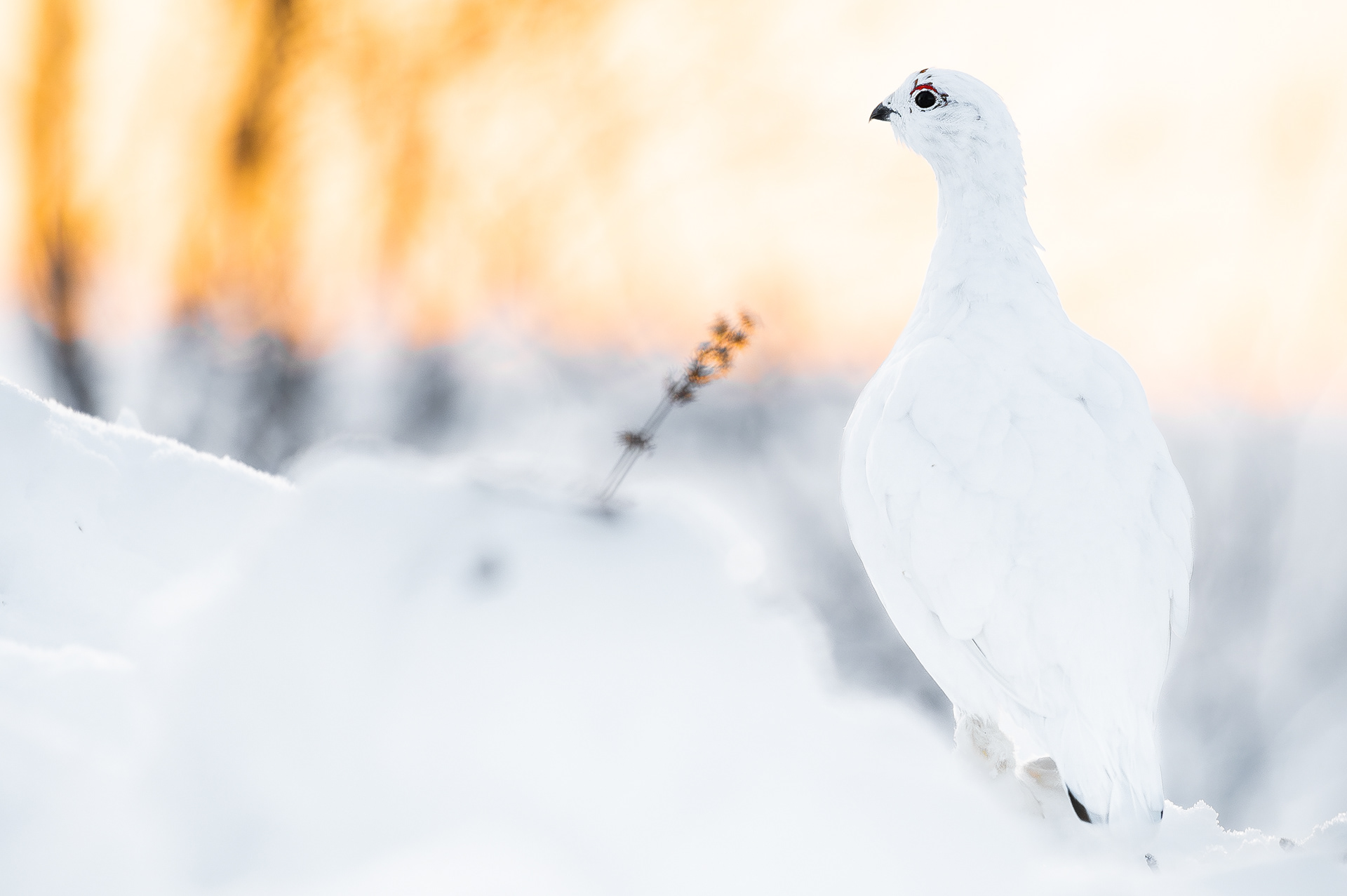


Despite some misfortune, this trip was a success. Being alone in the wilderness, without seeing any other person for several days, is a confronting thing. You start to have conversations with your inner self. I learned a lot. Most of all, I realized how easy we have it sometimes in our privileged world. While walking through the endless snowy landscapes, I had to keep my focus all the time. Losing the right track could have had serious consequences.
